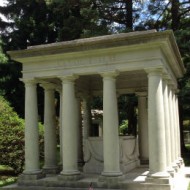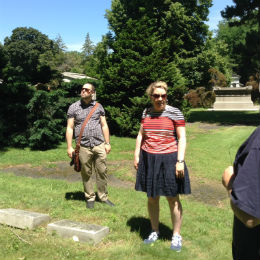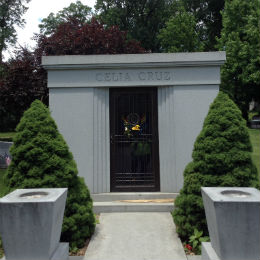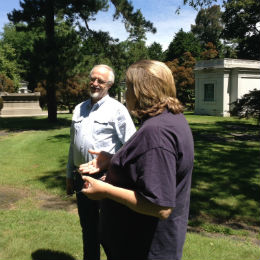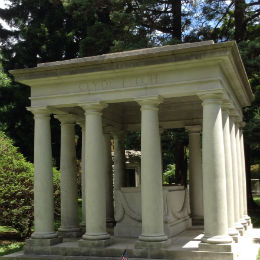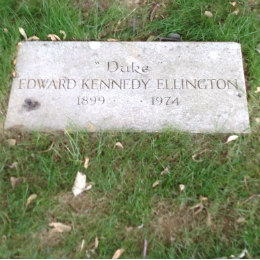Woodlawn Cemetery Tour
Last month, a small enthusiastic group enjoyed a tour of Woodlawn Cemetery. Our fabulous guide, Susan Olsen, historian for Woodlawn, walked us past numerous memorials for performing artists interred at Woodlawn.
Here is what Dan Venning had to say about the day!
On Saturday, June 21, a beautiful sunny day, a small TLA group assembled in the Bronx to take a tour of the historic Woodlawn Cemetery. The outing was organized by Nancy E. Friedland and also included Laura MacDonald, Bob Scott, and Dan Venning. Susan Olsen, the historian for Woodlawn, led the tour.
Woodlawn is a sprawling cemetery that has, in many areas, the openness of a rural park. We were greeted at the southwest entrance of the cemetery, only a few steps from the terminus of the 4 Train, with a wide open space, views of a number of mausoleums, and glimpses of winding paths, shaded by tall trees. Throughout the tour, we found ourselves getting turned around as we wandered through the curved paths, open spaces, and small patches of woods. Susan was invaluable as a guide, leading our trip without aid of any maps.
Over the course of two hours, Susan led us on a tour focused on the theatrical luminaries who made Woodlawn their final resting place. We saw the graves of Oscar Hammerstein I (the impresario), Antoinette Perry, Bert Williams, and Irving Berlin, along with many others. George M. Cohan’s impressive mausoleum with its Tiffany windows was one of several into which we peered. As we walked through the cemetery, Susan told us stories of those buried there, like that of the tragic death of the young Ziegfeld girl Olive Thomas Pickford. Susan also highlighted the frequent competition between those buried there, for example, the composer of silver-age operettas Reginald de Koven, doomed to be remembered as the one buried only a few minutes’ walk from the better remembered Victor Herbert.
Susan also took us through a section devoted to musicians, showing us Duke Ellington’s grave, shaded by a giant tree, right across a small road from the grave of Miles Davis. Only a few feet away, the gravestone of the percussionist Max Davis stood on a sunny hillside.
These fascinating juxtapositions weren’t limited only to the famous inhabitants of the cemetery. In one shady section we noticed a cluster of adjacent graves covered with differing religious symbols. Next to a stone with a large Hindu symbol stood a gravestone shaped like two interlocking hearts. Half of the stone was engraved in Hebrew and featured a Star of David, while the other half had English text and a large cross. Two stones further over stood a grave with the family name “Pagan.” These graves, of those far less famous than those we saw throughout most of our tour, showed how Woodlawn represents the diversity for which New York City is famous.
By the end of the tour, we had walked several miles. Susan let us know, as our tour was concluding, that she leads a variety of differently-themed tours. She does one devoted to victims of the Titanic disaster and another of minor European royalty, mainly devoted to socialites who were married to European aristocracy during the gilded age, often with disastrous results.
After the tour, as we rode the subway, we couldn’t help excitedly talking both about the theatre onstage in New York right now and that of the past and its luminaries whose graves we had just visited on this beautiful day.
Dan Venning

